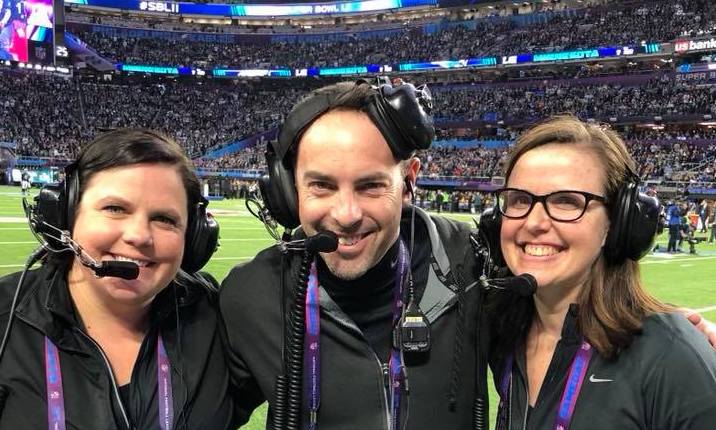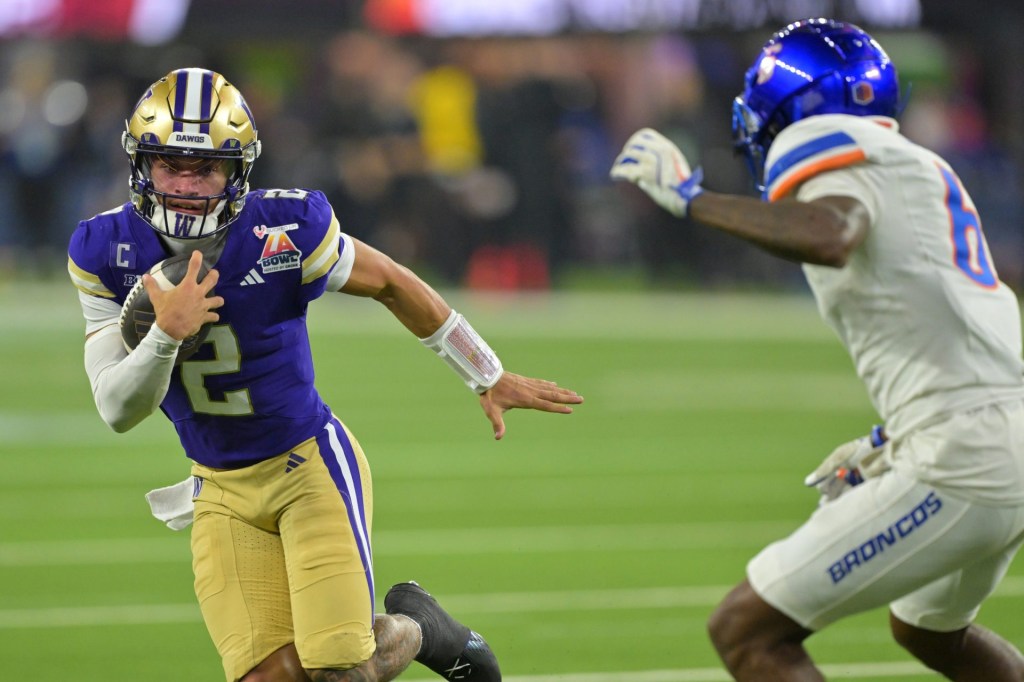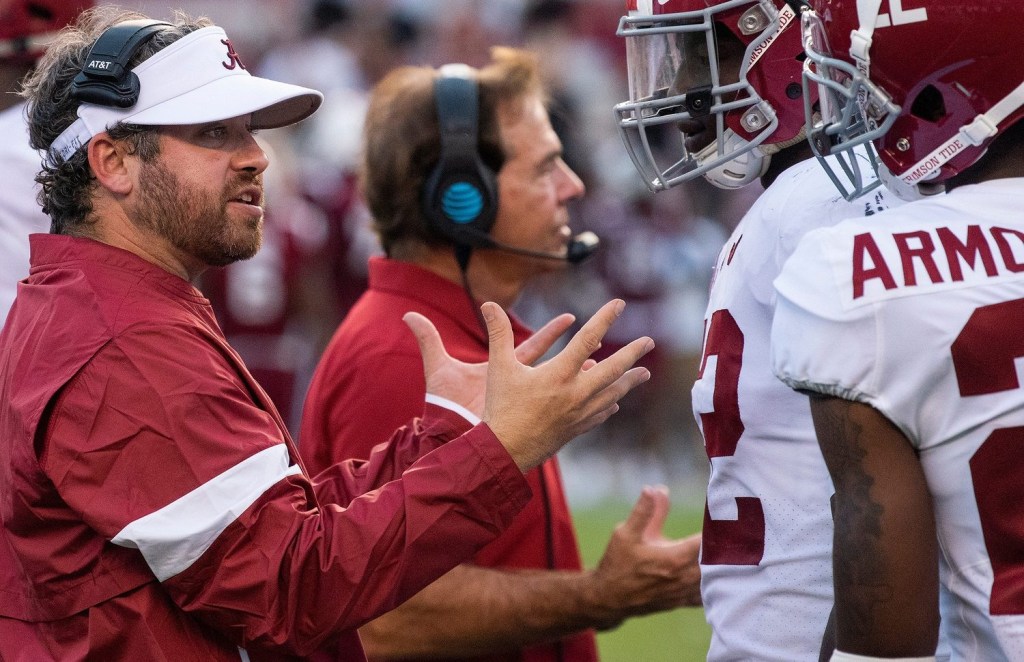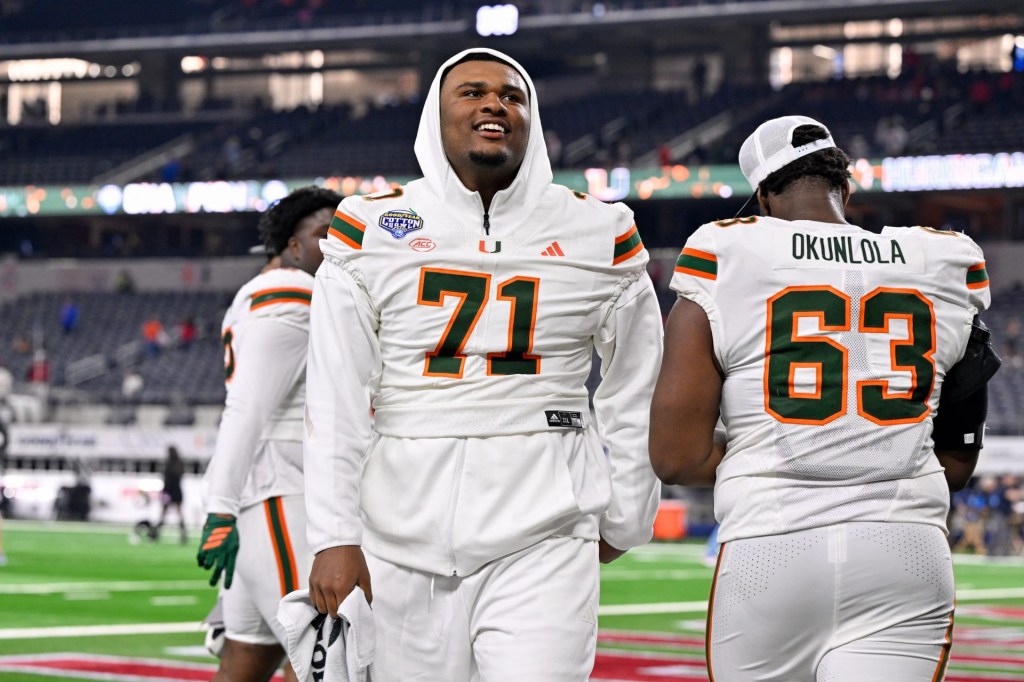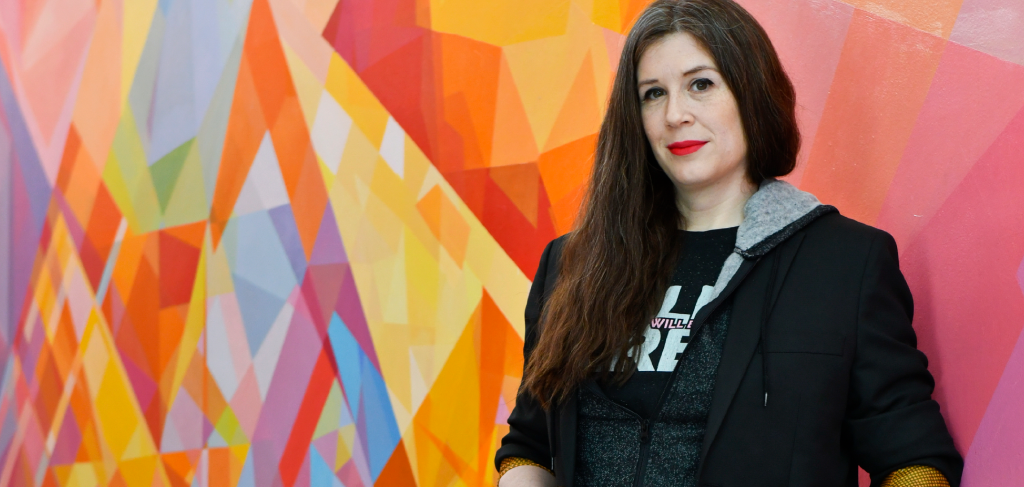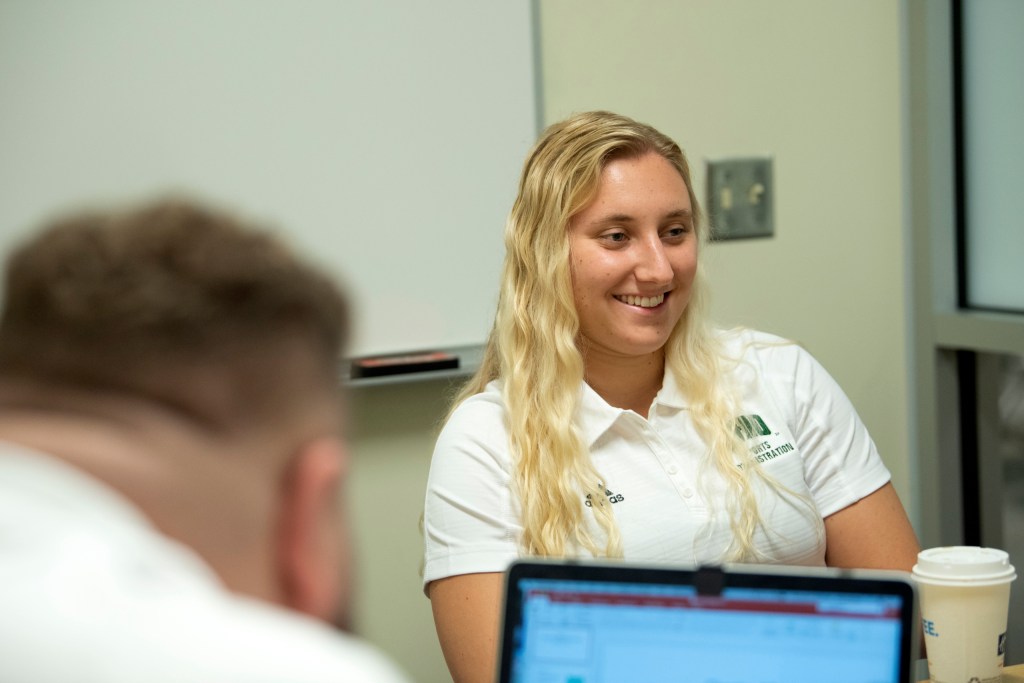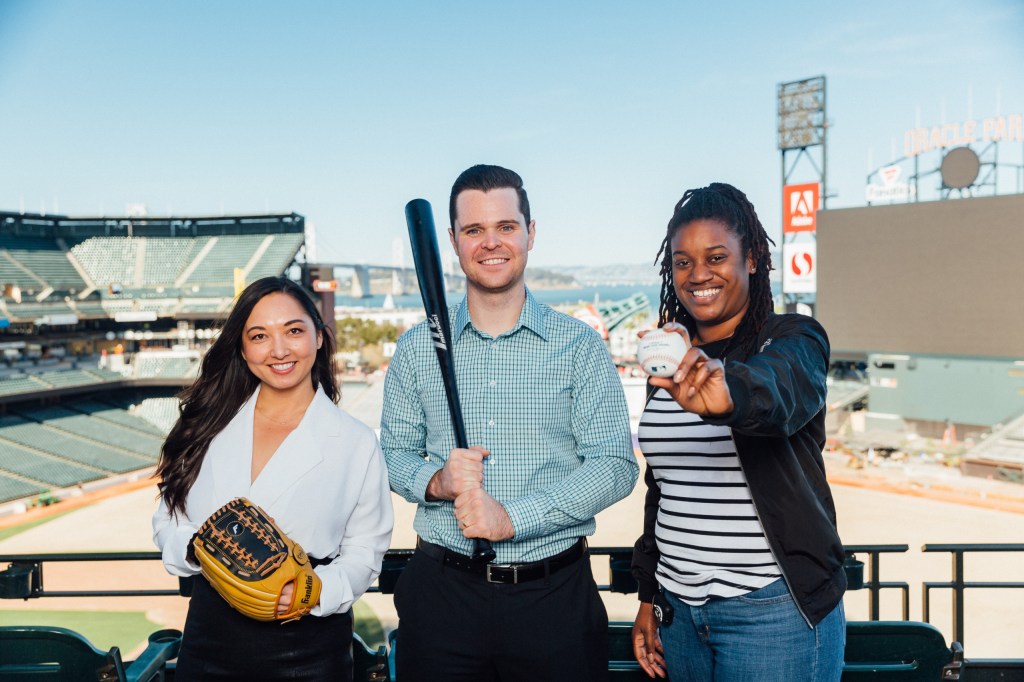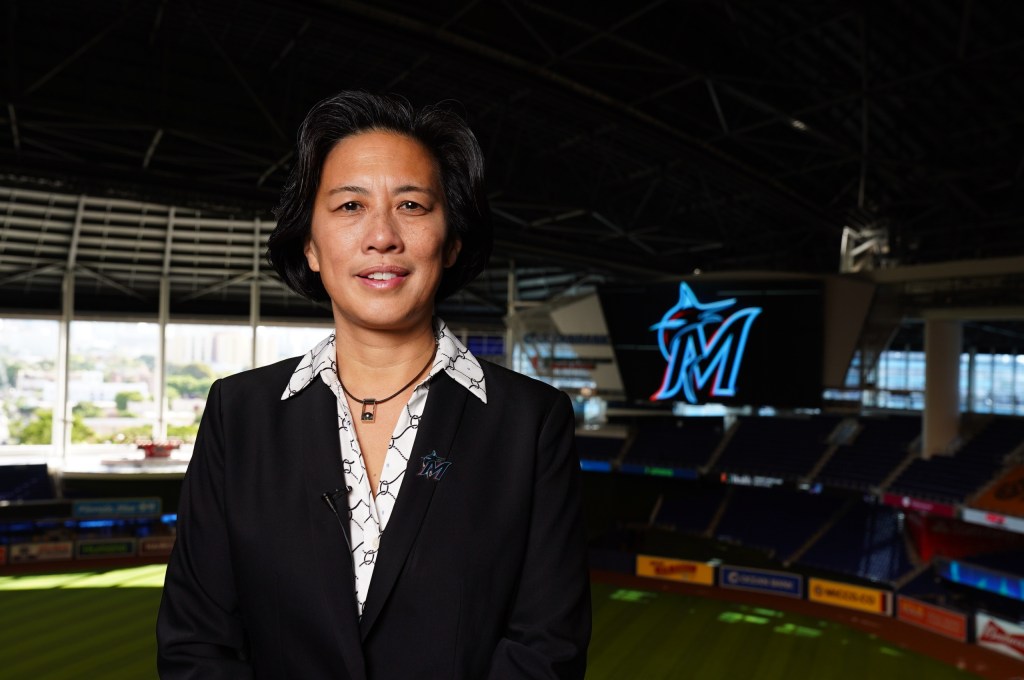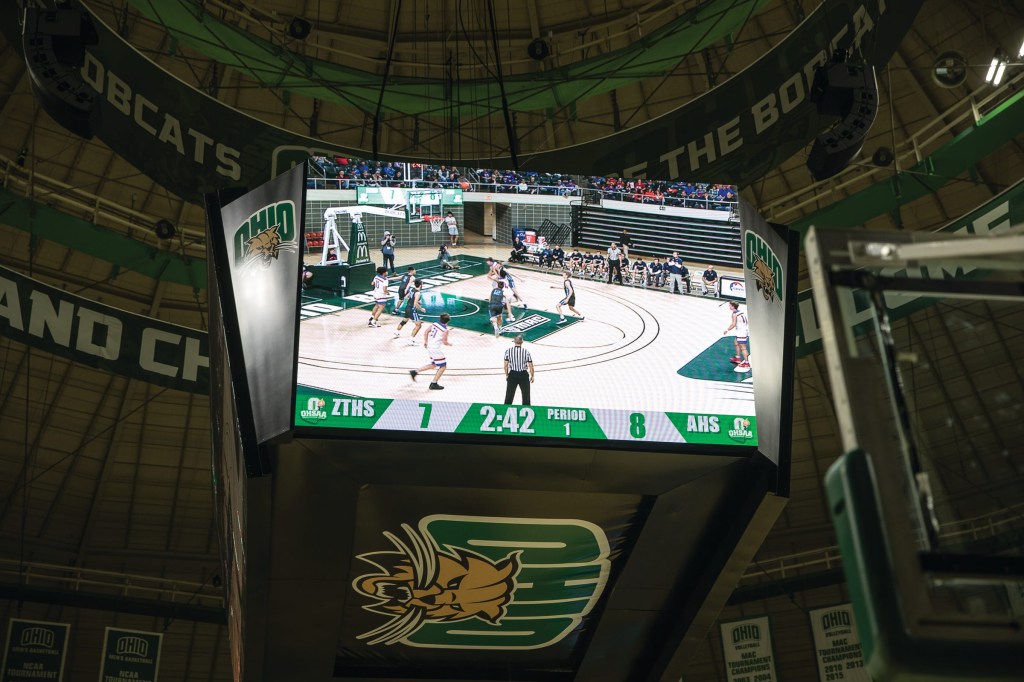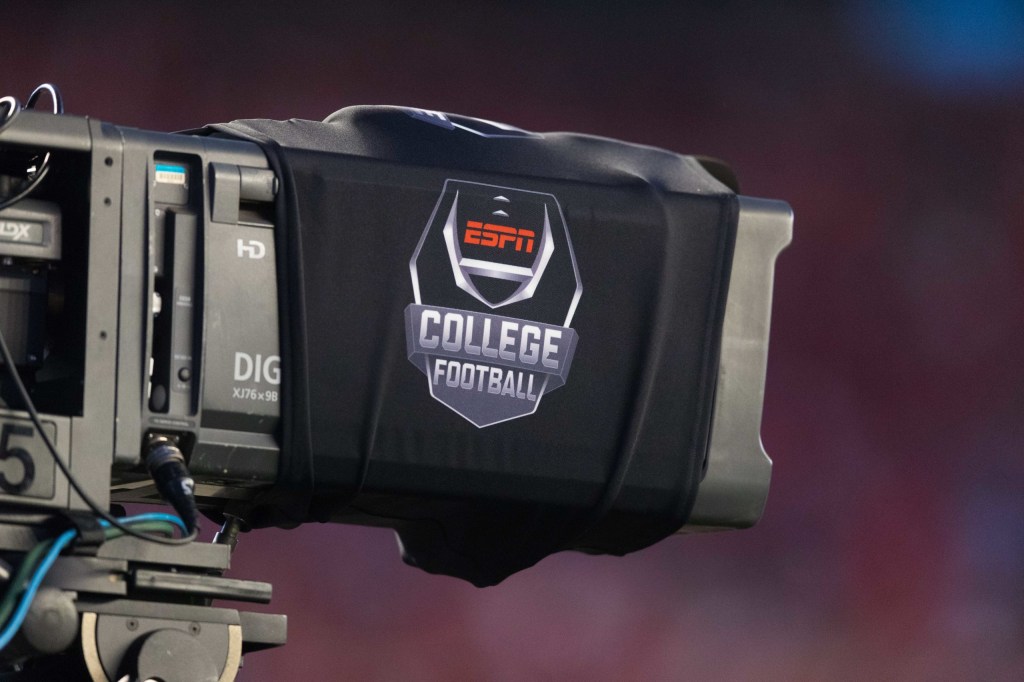
On the field for Super Bowl 52 (Photo via Jason Olthoff)
Featuring Justin Timberlake, the 2018 Super Bowl Halftime Show launched into a dazzling array of lights, rapid choreography, and a world-class performance.
For Jason Olthoff, VP of Production Services and MD of the Chicago office at global lifestyle marketing agency MKTG, this was his 20th event as the Halftime Show’s Charting Choreographer. Since 1996, Olthoff has witnessed the multiple iterations and transformations that it has taken – from streamlined processes to massive upheavals in casting. Throughout it all, he has maintained his part in helping to build one of sport’s most iconic events.
His Own Career Journey
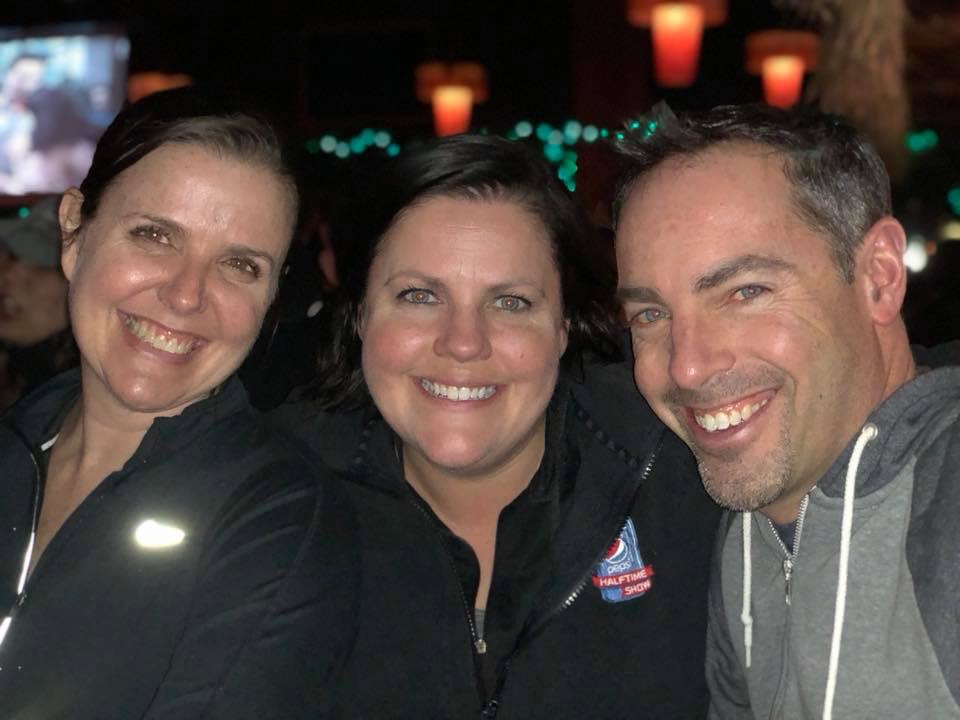
Putting on the Super Bowl Halftime Show is more fun with friends. (Photo via Jason Olthoff)
Upon his graduation from high school in Michigan, Olthoff had a decision to make: he could either attend university (after being admitted to Western Michigan University) and follow a traditional career path, or alternatively, move to Los Angeles to join the Young Americans, a performing arts group based in California.
In Olthoff’s own words, he was a “singer who could move okay.”
While the work could be grueling – the Young Americans required their performers to do more than act, including much of the stage work, and transportation – these experiences would eventually become an invaluable learning experience for Olthoff, who would eventually move away from performing.
After a few years with the Young Americans, at the age of 21, Olthoff found himself a veteran cast member – and just as he was beginning to age out, received a call from his Director.
From here, it was pure fate: his director, from the Young Americans, was a part of ‘96 Super Bowl Halftime Show. One of the producers, a former Young American, was looking for a choreographer to replace one of their sick staff members.
“(My director said) ‘I think I know of a guy who can help.’ I played a ton of sports growing up, and was part of the marching band. So I got off the phone call, went to Phoenix, and met a ton of people – who are still my friends.”
And from there, Olthoff would continue to be a part of the Halftime Show production crew – even having the opportunity to help organize two Olympics Opening and Closing Ceremonies (Atlanta and Salt Lake).
20 Years with the Halftime Show
As Charting Choreographer, Olthoff and his team are responsible for the casting, instruction, and choreography for all dancers and professionals on the field, supporting the featured artist.
In his 20 years (taking part in all but two years since 1996), Olthoff has been a part of a team that has constantly innovated the Halftime show – including the early 2000s, when the production team decided to move away from seasoned performers on the field to a crowd of fans. Olthoff and his team have since moved back to working with performers – most recently, casting 470 cast members for Justin Timberlake’s “Mirrors” performance.
Even so, the shift to working with a fan crowd was a monumental moment, where the production team aspired to recreate the atmosphere of a true live show. While these crowds would not necessarily be performers, they would be responsible for providing them with the energy to perform on-stage.
Since the nature of the Halftime Show would necessitate rapid turnarounds – with rehearsals with cast members beginning in January this year, and rehearsals with artists the week of the performance, amateur cast members would be required to work as if they were professionals.
Rehearsals and practices were required, and cast members were treated as true professionals – and in doing so, were also given ownership over the performance.
The first Halftime Show with a fan crowd was the MTV-produced show in 2001 with ‘N Sync and Arrowsmith. For the first time, the Halftime Show had a concert feel – exactly what MTV and the NFL had in mind. In many ways, this was a success – and particularly for the style of the artists that were on stage at the time, a crowd was particularly useful.
In many ways, the Halftime Show ends up becoming a balancing act between the interests of all stakeholders, including the artist itself.
Throughout all this, the staff behind the Show has largely remained the same – meaning that as a group, they have learned to work with a variety of artists and the NFL, all while developing creative ideas.
When asked about performers that stick in his mind, Olthoff says, “Prince was super creative. He went back and looked at numerous Halftime Shows… If you look at the setlist, he did a variety, including a Foo Fighters song. He was really crafting the show.”
Operationally, the now-iconic show included multiple difficult twists, including a crowd which needed to run onto the field, a marching band, and the unforgettable rainfall.
“It was raining, and the entire cast doesn’t come on site until the kickoff has actually happened: so 1,500 people show up on the site and have to go through the security – they’re not even there until kickoff!
The sheer tactical craziness of getting everyone in and organized is already difficult, and add in the fact that it’s pouring rain. They have to get rid of ponchos. So you have 1,500 people in ponchos outside the stadium taking them off…just the sheer choreography to make that happen was half a show in itself.”
Differences Between the Halftime Show and the Olympics
While the Halftime Show is an anomaly in the world of sports, where halftime shows are generally relegated to little more than sideshows to the featured event, Olthoff makes it clear that it still plays the undercard to the Super Bowl.
The Olympics Opening and Closing Ceremonies, however, are vastly different – something that Olthoff highlights:
“(On differences between organizing the Super Bowl and the Olympics) The halftime show is the most-watched entertainment piece on TV all year. It’s kind of funny because everybody is there for the football game. You really are the halftime. All the mentality…the shape of the field, all the stuff that goes on, it’s all for the football game. You really are playing second fiddle to the most watched football game in the country. (For the Olympics) Opening Ceremony you’ve been there for 6 months. For the Halftime Show, you’re just in and out.”
Even from an audience angle, the differences here are stark: the Super Bowl stands as a bastion of American entertainment – containing the most popular sport in the country, and with a halftime show celebrating popular culture in North America.
Meanwhile, the Olympics commemorate one of the few events where the world’s nations gather in one place – to cheer on their amateur athletes, create memories, and often, act as a symbol of hope. The Opening Ceremony is central to this, and by kicking it off, sets the tone for the entire event.
Through both, Olthoff has continued to play his part in creating the greatest shows on earth. From his beginnings in performing arts, to his work today with the Super Bowl and MKTG, Olthoff has maintained the creative drive and dedication to achieve success in his career – all while pursuing his passions throughout.
